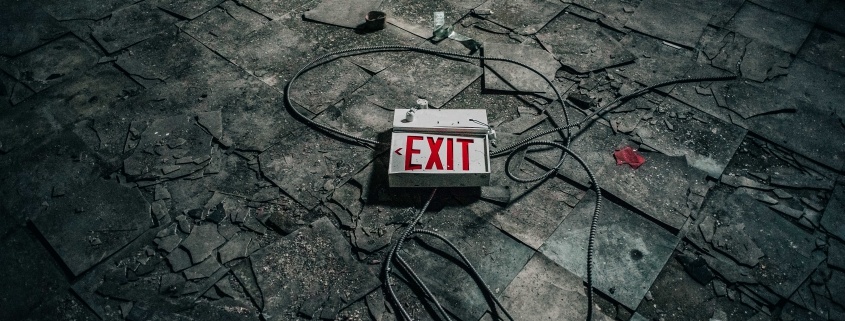Management of Crisis Management
When a crisis occurs, managers should be aware that the more critical problem could be more than the crisis itself, but about how they will manage it.
Let’s illustrate common reaction, in order of how good the crisis can be managed.
Shit goes down
A classic where hierarchy is the form of power that is used. It’s never the mistake of the managers, but it is the one who did the work. The ones that have direct reports are lucky, the ones that manages indirectly others will find ways to prove that they didn’t have enough control and the ones at the end of the food chain will suffer—if they can find some kind of parade to identify a management problem that will restart the wheel.
This kind of organization will never improve. “Doers” will find ways to protect themselves instead of working actively to solve problems. Managers will never “want” to be accountable for anything, at far they will share responsibility with other people.
Shit goes up
We assume that employees do only what they are being told to do, so managers are finger pointed.
We can find this way of managing crisis in organizations where rumours circulate that “higher you are in the food chain, higher the chances you will find eject-able seats.” This is also the kind of organization where good doers are promoted and by luck, they find themselves, good managers. At some point, through natural selection managers that struggles are fired or demoted—depending on their “failure” as manager.
During the crisis, behaviour such as “cover my ass” are common. Non-managers are struggling to communicate because of personal agendas. By chance, sometimes, someone is stepping up and forget his agenda to ensure some progress.
Shit hits the fan
It spreads everywhere. Everyone is finger pointed. Managers become more political and their main focus switch to the management their personal agenda. Employees are left on their own and continue to work on the solution that seems to be the more promising.
It’s a crisis and there is a feeling that no one is actively working to solve real root cause. Then, an “A Team” of some kind is formed. Sometimes it’s a single superstar, some time a superstar with a couple of “doers,” sometimes a couple of superstars are regrouped in an “A Team,” in a war room. Because superstars are usually part of the “A Team,” the situation is solved rapidly and efficiently. Also it’s only when a problem “hits” the fan, that management start to really listening to the right people. It’s only in this situation that management regroup the right people—from whatever the department they are coming from. It’s in this situation that every big company starts to act like a “high class” small company—because layers of management are thinner and their impact can be considered less valuable than the ones that are really working on the problem.
Shit happens
This is the last “maturity” stage. It is happening when everyone realize that there is a problem, it’s urgent and someone, somewhere suffer because of that. When everyone agrees that something went wrong but that doesn’t matter – for now.
The focus is the once that are currently impacted by the problem. Collaboration between managers start to arise, the ones that can actually do something are doing something without being disturb by daily meeting, stand ups, steering committee, conference calls etc. Managers are just facilitating communications between everyone and summarize the advancement to other managers and executives.
Everyone starts to thing about a single thing…
What can I do to help solve the problem and minimize impact to our clients?






